
Categories
Resource Types
CCSS
Speaking & Listening
Language
Reading
Language - Intensity by Degree - BUNDLE
$ 195
Explains that intesity represents a change in complexity for any area of learning. Uses visualizing, rating scales, sequencing, and graphic organizers.Uses word choice to show degree of intensity. In
...
cludes 2 worksheets. ID numbers 0923, 0924.
Language - Pretty Good/Good/ Really Good
$ 0
Pretty good, good, and really good are common ways to describe the intensity of appreciation for something. We use these words to quantify and qualify things in our environment. Use this page as a vo
...
cabulary or language reinforcement.
Social - Developing Word Choice for Emotions
$ 2
Gives a word bank of emotions by degree of intensity, emotions activities and instructional strategies to teach verbal expression of emotion.
Advocacy - Steps to SA Success Goal 3- Language Processing Skills
$ 195
Students will understand how intonation, expression, and inflection correlate to their understanding of language. Students will learn vocabulary, draw inflection diagrams, and understand how word emp
...
hasis affects meaning.
Listening Skills - Forming Word Relationships through Listening
$ 0
Auditory discrimination plays a large part in listening comprehension. These listening strategies and activities can be used to practice auditory and listening skills. Includes recognizing same and d
...
ifferent, number of sounds and syllables, word association, listening comprehension, and listening for fact or opinion.
Listening Skills - Instructional Strategies - Listening
$ 2
There are 3 main types of listening: 1) informational; 2) critical; and 3) empathetic. These listening strategies can be used to introduce or reinforce recognizing fact or opinion, responding to "Wha
...
t would you do if…?" questions, and making choices based on personal preference and experience.
Listening Skills - Instructional Strategies - Hierarchy of Listening (Discriminating Minimal Pairs)
$ 3
These activities focus on the hierarchy of auditory development beginning with the easiest- detection- then moving to attention, localization, discrimination, identification, and finally comprehension
...
. Activities include discriminating same and different; discriminating minimal pairs, sounds dominoes; and creating rhymes.
Listening Skills - comprehension (Introduction)
$ 295
Listening comprehension is more than just hearing a sound or what is said. It is the understanding of the message. This includes awareness of the meaning and language structure of the words used as we
...
ll as the meaning derived from tone of voice, phrasing, rhythm, and inflection. Good listening comprehension is important for reading comprehension and for verbal and written expression of thoughts and feelings. Activities include Listen and Do, Listen and Use, prediction, labeling, and listening for details.
Listening Skills - Listening for Information at the beginning and end of a sequence.
$ 2
Use vocabulary that is age and language appropriate for the child. Begin with one syllable words and a total sequence of 4 items. Once the child has 100% for 10 sequence sets, consider adding several
...
2 syllable words. If that is mastered, increase the number to 5 items in the sequence. For older students, use specific names of items such as birds – robin, cardinal, seagull, crow.
Listening Skills - Listening for Size
$ 195
In these activities, students are listening for and determining size. Worksheets include activities for size recognition (Will it fit?); analogy; and listen and act it out.

 Your browser is out of date. For best experience switch to latest updated Browser.
Your browser is out of date. For best experience switch to latest updated Browser.
 Get Chrome
Get Chrome Get Edge
Get Edge Get Firefox
Get Firefox
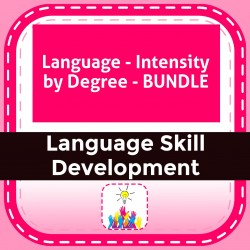


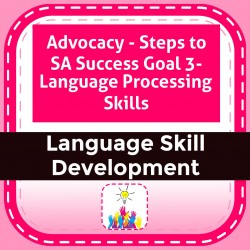
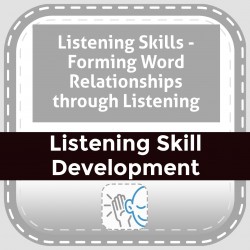

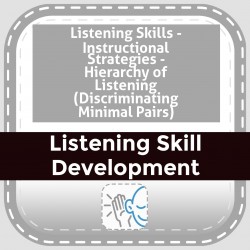
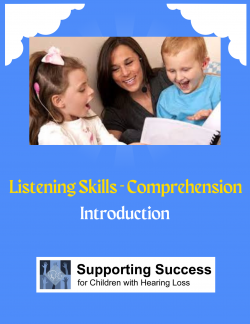




 You MUST include an email contact and phone number on your PO. Some of our products are downloadable only and delivered via email. Not including an email address will prevent delivery.
You MUST include an email contact and phone number on your PO. Some of our products are downloadable only and delivered via email. Not including an email address will prevent delivery. 